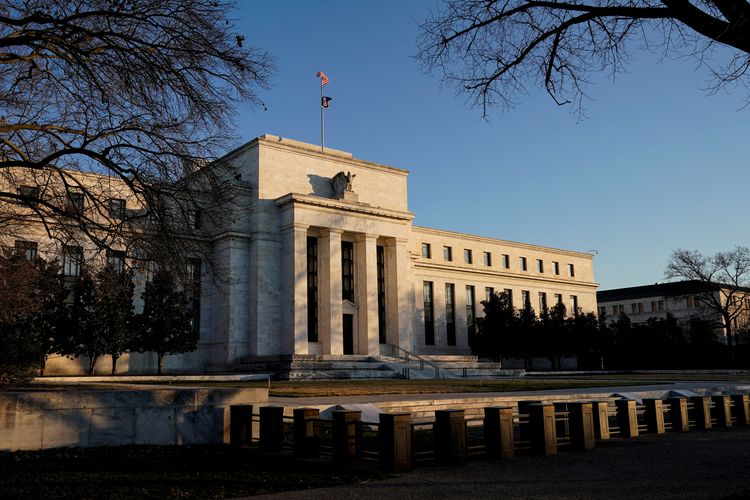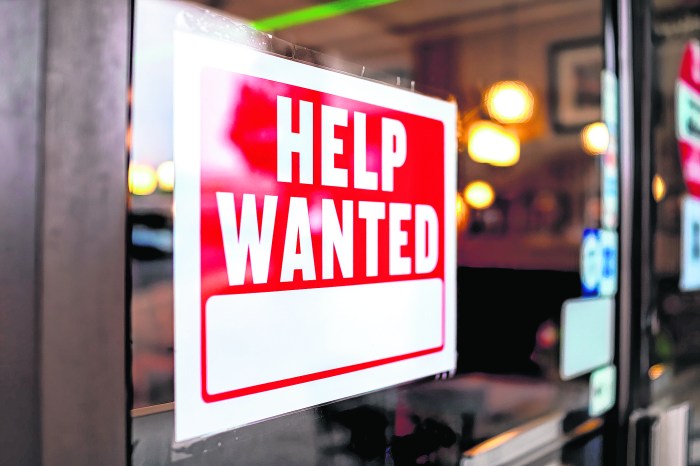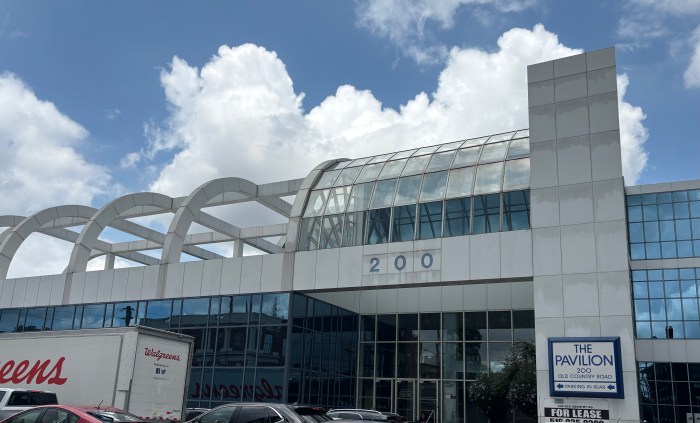By Ann Saphir and Lindsay Dunsmuir
Pressure increased on the Federal Reserve on Thursday to take a stronger stand against inflation after an unexpectedly large jump in U.S. consumer prices defied hopes that the pocketbook squeeze would ease and bolstered the view that the U.S. central bank is behind the curve.
In the hours after a government report showed consumer prices rose at their fastest pace since the early 1980s, traders piled into previously improbable bets that the Fed will start its coming round of rate hikes with a “big bang” 50 basis-point rate hike. One Fed policymaker who just last week said such a move was unnecessary said he had changed his mind. The yield on two-year Treasuries rose the most since June 5, 2009.
The massive market shift and St. Louis Fed President James Bullard’s embrace of a full percentage point’s worth of rate hikes over the next four months suggests an internal Fed debate over how fast and high to raise interest rates will only intensify ahead of the next rate-decision meeting on March 15-16.
Until this moment, Fed policymakers had largely resisted the idea of a half-point hike, which they have not used since May 2000 and not at the outset of a rate–hike cycle since probably the 1980s, before the Fed‘s rate hike decisions were published.
“I don’t think there’s any compelling case to start with a 50 basis-point” rate increase, Cleveland Fed President Loretta Mester, often among the Fed‘s more hawkish voices, said on Wednesday. Interest-rate futures were pricing in about a one-in-four chance of that happening.
Fast forward a day, and the latest U.S. inflation reading tipped that on its head. Household prices were up 7.5% in the 12 months through January, the Labor Department reported.
Market participants began pricing a hefty chance of a half-percentage-point rate hike in March. Then Bullard – who last week agreed with Mester – told Bloomberg News he had become “dramatically” more hawkish.
That sealed the deal for markets. At day’s end rate futures were pricing in a half-point rate hike in March with just a scant chance of a smaller quarter-point hike, and heavy bets for a policy path that would bring rates to a range of 1.75%-2.00% by the end of the year.
(Graphic: A rate hike for the ages?, https://graphics.reuters.com/USA-FED/zjpqkamgmpx/chart.png)
Fed policymakers had already flagged that they will begin raising the central bank’s benchmark overnight interest rate from near zero at the March meeting, just days after they stop their two-year spree of buying billions in government bonds each month. It began the bond purchases to keep financial conditions loose and spur borrowing amid the COVID-19 pandemic.
By many measures they are already late to the party, with inflation at its highest level in 40 years and a super-tight labor market at odds with a Fed only just getting ready to remove crisis-era policy support.
“All this logically supports a 50 basis-point move in March,” said Karim Basta, chief economist at III Capital Management. “Whether the Fed ditches its gradualist approach remains the most relevant question.”
To Mark Cabana, head of U.S. interest rates strategy at Bank of America Global Research, the case is only getting stronger.
“Are you going to tell the market that it’s wrong and you need to go slower?” Cabana said. “If the market gives the Fed the option, we do not believe that the Fed will tell the market that it’s wrong.”
Economists at Deutsche Bank on Thursday said they now think the Fed will kick off its policy tightening with a 50 basis-point hike next month.
And Tim Duy, economist for SGH Macro Advisors, said he would not be surprised if the Fed in the next few days abruptly ended bond purchases and raised interest rates. “The Fed needs to do something significant to establish even a minimal amount of credibility on inflation,” he wrote.
Still, many economists for now are predicting the U.S. central bank will stick to quarter-percentage-point increments for future rate increases.
Instead of going bigger to start, they say, the Fed could just speed up the pace of rate hikes or reduce its balance sheet sooner and more sharply.
With one more big inflation reading and more jobs data due before the March meeting, the jury for most Fed officials is likely still out.
“We’ll see what we get by the time we get to March,” Richmond Fed President Thomas Barkin said Thursday at a virtual meeting of the Stanford Institute for Economic Policy Research.
Asked about the possibility of a 50-basis point hike, Barkin said: “I’d have to be convinced on that.”
BOXED IN?
The Fed is leery of spooking financial markets, which have required diligent handholding in recent years to avoid a knee-jerk tightening of financial conditions and repeats of episodes like the 2013 “taper tantrum,” which was widely seen as a communications misstep.
A half-percentage-point hike in March would not itself hurt the economy, economists say, but the signal it sends about the future path of policy could.
“The market goes from pricing five (quarter-percentage-point rate hikes) to pricing eight, 10 and then you are potentially causing some real sharpening in financial conditions,” said Aneta Markowska, chief financial economist at Jefferies.
“They are way behind the curve, and I think they have a lot of catching up to do,” Markowska added, “but I think it makes sense to move, not slowly, but not too aggressively.”
Keeping rate hikes to 25 basis-point increments allows the Fed to better tailor policy to the data if inflation soon cools on its own, as Atlanta Fed President Raphael Bostic said earlier this week he thinks is likely.
That could still come to pass if supply chains get untangled and an easing COVID-19 pandemic allows more people to return to work, reducing price and labor-market pressures without the need for steep rate hikes.
But Narayana Kocherlakota, an economics professor at the University of Rochester known for his dovish views after the 2007-2009 recession when he was the Minneapolis Fed‘s president, expects dissents, including perhaps from Fed Governor Christopher Waller, should the central bank not go harder in March.
“I think going 50 now also puts it on the table in every meeting going forward … so it expands optionality in a big and useful way,” he said. Much-higher-than-expected inflation, he said, “deserves an aggressive response.”
(Editing by Stephen Coates)
Sign up for Long Island Press’ email newsletters here. Sign up for home delivery of Long Island Press here. Sign up for discounts by becoming a Long Island Press community partner here.


































